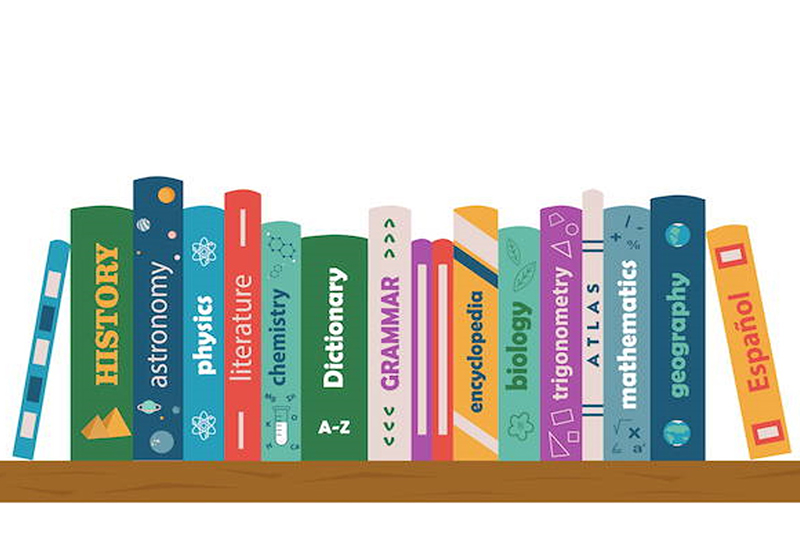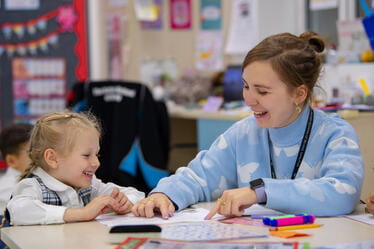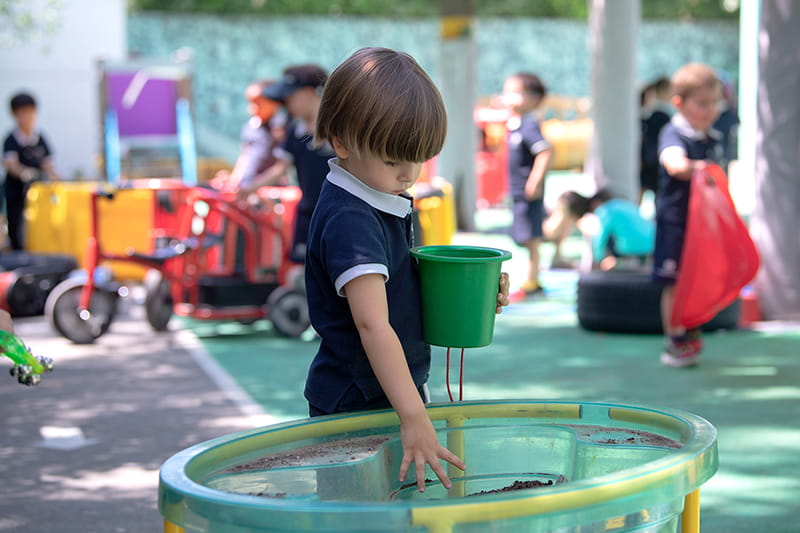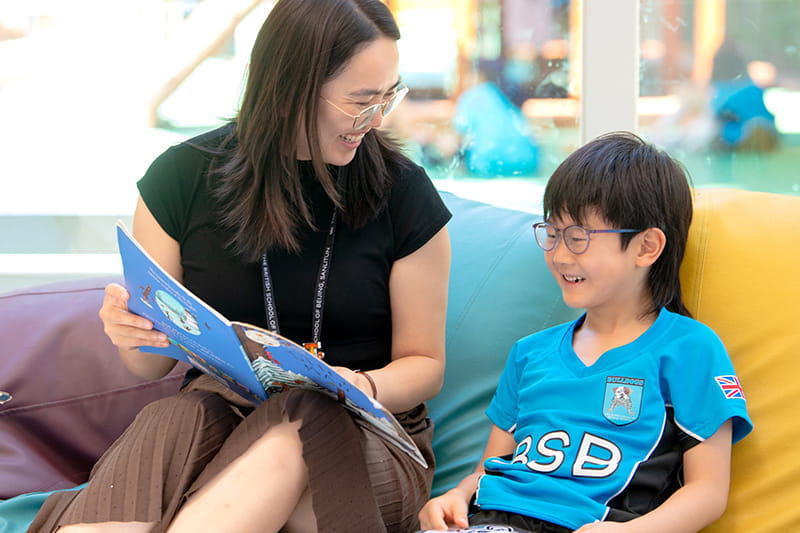For many parents, the phrase ‘cross-curricular learning’ may seem like little more than an academic buzzword. However, this type of curriculum has been an important part of the UK Primary education system since the early 90s and for good reason! In this article, I will try to define cross-curricular learning in real terms, outline what it looks like in your child’s classroom and highlight its many benefits.
What is cross-curricular learning?
Prior to the introduction of the UK National Curriculum in 1989, school subjects did not really have much to do with one and other. The content of an English class, for example, would not in any way be linked to the content of an Art, Maths or humanities class. Once the UK Primary Curriculum was established, it was clear that cross-curricular learning would become integral to the new curriculum’s identify. To simplify, cross-curricular learning involves creating links between major subject in order to provide a deeper, more thorough learning experience for students.
What does this look like in the classroom in Year 2?
I will use our latest Topic of 'Who would you be if you lived in a castle?' to outline what cross-curricular teaching and learning looks like in the classroom. This main content of this Topic is essentially History but with fun elements designed to keep young students engaged. See below how this topic content is sewn throughout the different subject areas in order to not only keep students engaged but also deepen their knowledge and context whilst at the same time learning and practising essential skills.
Topic:
Students learned about, designed and built castles. They also learned how to read historic timelines, explored life in medieval times and looked at feudal hierarchy.
Skills practised included: collaboration, discussion, comparing, contrasting, investigating, making predictions, reasoning and building.
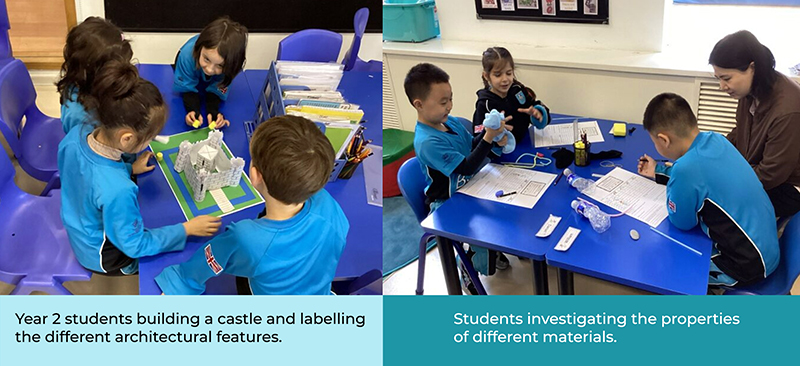
English:
We ventured into medieval mythology and planned, drafted, edited and published information leaflets all about dragons.
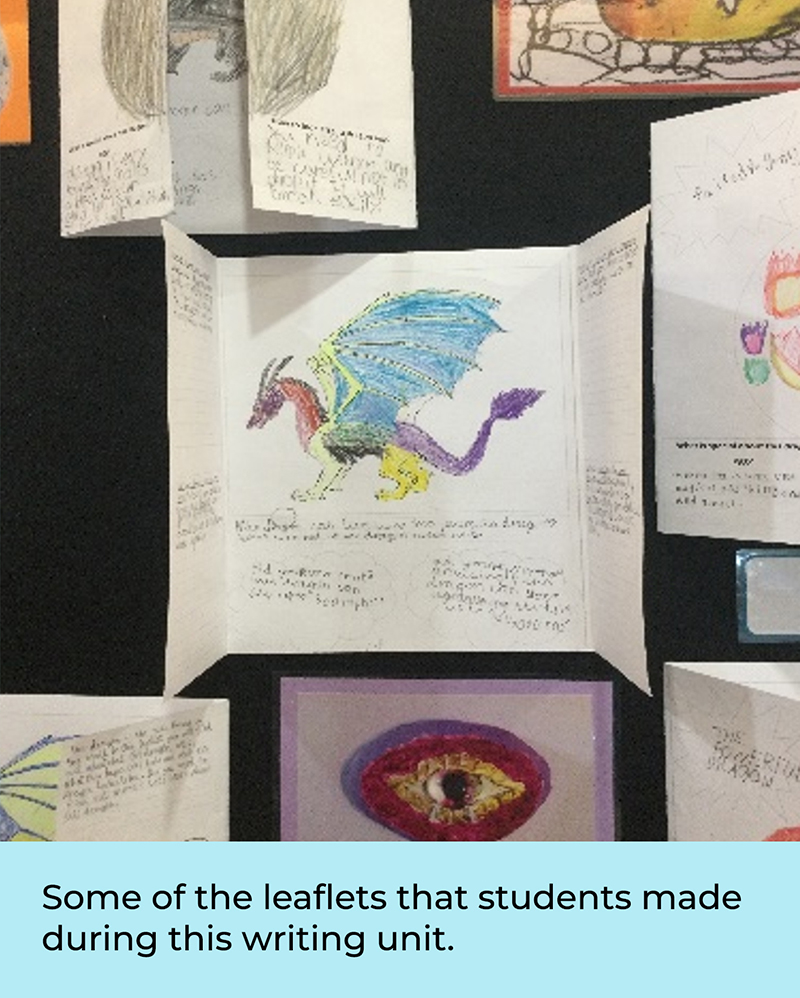
Skills practised included: non-fiction writing, adverbs, ordering/paragraphing, commas in a list, apostrophes of possession, compound sentences using both subordination and co-ordination, using different sentence types (statements, questions, exclamations, commands), expanded noun phrases and use of the present tense in factual writing.
Art:
In Art, we designed, sculpted and painted dragon eyes. Students also designed and built their own medieval Coat of Arms.
Skills practised included: sketching, shading, design, sculpting, painting, moulding and patterning.
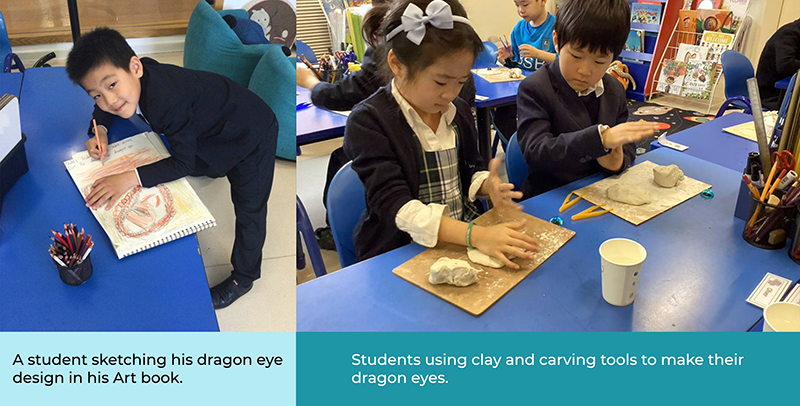
Story Time:
During our story slots (we have a few throughout the week), we try to use texts that fit our current them. This includes stories about knights, fairytales, dragons and ancient kings and queens.
Skills practised included: comprehension, information retrieval, identifying, predicting, justifying and personal expression.
Classroom Resources:
It is important to have lots of visual aids around the classroom throughout the teaching of a given Topic. For example, teachers replenished library corners in their classrooms with books connected to medieval times, food and life during the period. There were also mock dragon eggs scattered around Year 2 and we even had CGI video made of a dragon visiting the BSB playground.
Benefits: access to topic-specific vocabulary, broadening base knowledge, student engagement, visual reminders and bringing class content into students’ real lives.
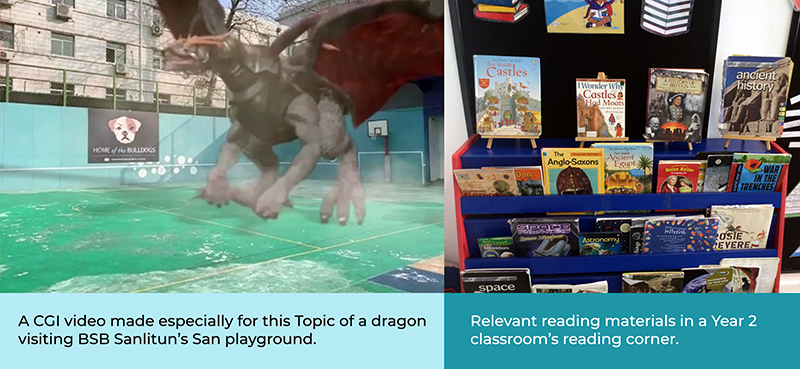
How is cross-curricular learning beneficial to students?
Cross-curricular learning has shown to produce critically thinking students who are able to use the skills that they learn in a variety of contexts. They develop logic that allows them to understand how different types of knowledge can be applied to their real lives and attain skills that allow them to navigate academic and social life successfully. Moreover, it allows students to learn within the frame of a specific topical area – an area that is constantly being enriched as they learn across their subjects.
The following American website has lots of great information and examples of cross-curricular learning that is easy to follow for non-educators:
https://moonpreneur.com/blog/cross-curricular/
By James Behzadi
Year 2 Giraffes Class Teacher

